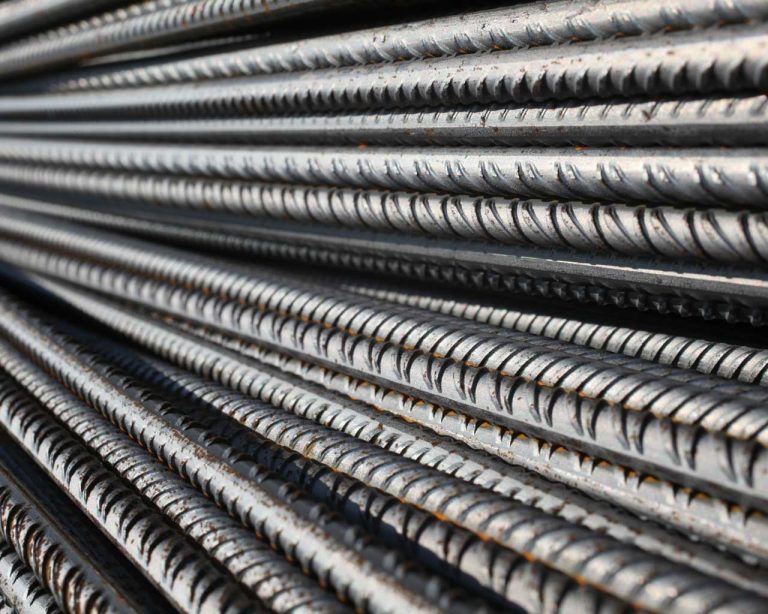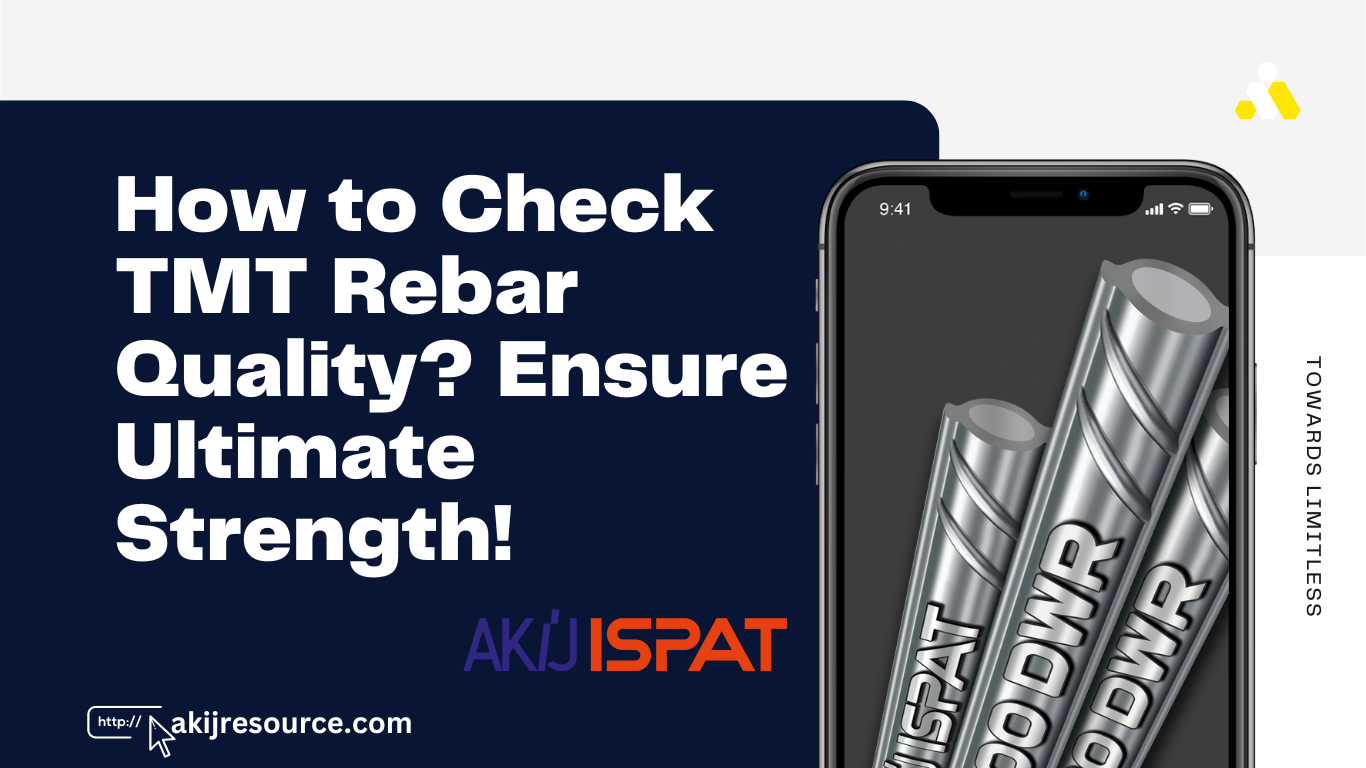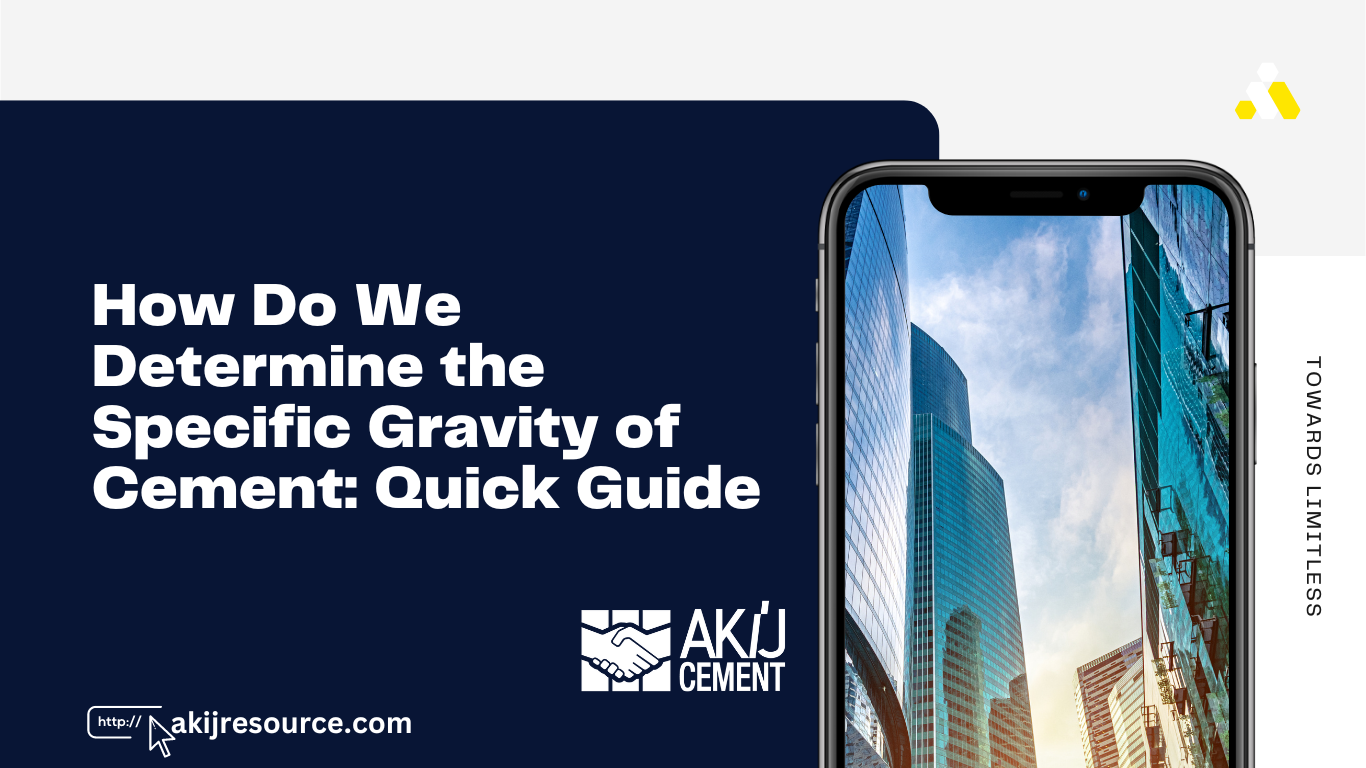To check TMT rebar quality, examine its surface texture and conduct a bend test. Ensure the rebar has a uniform rib pattern and bends without cracking. Consider the rebar’s weight per foot and compare it with the standard weight listed for the specific grade. Additionally, understanding and decoding different rebar grades is essential for checking TMT rebar quality. Each grade has specific characteristics and properties that should be taken into account during the quality inspection process.

TMT rebars, or Thermo Mechanically Treated rebars, are crucial in construction for their superior strength and flexibility. These rebars support structures in withstanding various stresses, making their quality assessment pivotal. Understanding how to verify the integrity of TMT rebars can save you from future structural failures.
Quality checks involve simple yet effective methods. Observing the surface for consistent patterns and performing physical tests like bending can reveal much about the rebar’s quality. This step is essential for anyone involved in construction, from engineers to builders, ensuring the safety and longevity of structures. By focusing on these quality assessments, you can uphold high construction standards and contribute to creating durable, reliable buildings.
Introduction To Tmt Rebar Significance
Introduction to TMT Rebar Significance shines light on essential construction components. TMT rebars, or Thermo-Mechanically Treated rebars, are steel bars. They strengthen concrete in buildings, bridges, and roads. Their quality directly affects a structure’s safety and longevity.
The Role Of Tmt Rebars In Construction
TMT rebars play a crucial role in construction. They:
- Support structures by bearing tension forces.
- Enhance durability against natural disasters.
- Improve flexibility, allowing for safer designs.
Essential Qualities Of TMT Rebars
High-quality TMT rebars must have:
| Quality | Description |
| Strength | Ability to withstand forces without breaking. |
| Ductility | Flexibility to bend without snapping. |
| Corrosion Resistance | Capacity to resist rust and decay. |
TMT Rebar Manufacturing Process
Understanding the TMT Rebar Manufacturing Process is vital for quality construction. TMT rebars, the backbone of modern structures, undergo a series of steps before deployment. Let’s delve into what ensures their high quality.

Raw Material Selection
Quality TMT bars start with high-grade raw materials. Manufacturers pick the best iron ore, coal, and dolomite. These components ensure the rebar’s strength and durability.
- Iron ore – the main ingredient
- Coal – fuels the furnace
- Dolomite – for purification
Thermo-mechanical Treatment Explained
The Thermo-Mechanical Treatment (TMT) process is what gives the rebars their name. It includes three main stages:
- Quenching – Hot rods are rapidly cooled.
- Self-Tempering – Heat from the core tempers the outer layer.
- Atmospheric Cooling – Rebars cool down to stabilize.
This method ensures a core that’s tough yet flexible. The outer surface becomes hard. This combination is perfect for resisting various stresses.
Here’s a complete go-through process in the factory:
Credit: www.youtube.com
Grades And Standards Of TMT Rebars
Understanding the quality of TMT rebars is key to strong construction. The right grades and standards ensure safety and durability. Let’s explore the grades and how they comply with global standards.
Different Grades Of TMT Rebars
Builders choose TMT rebars based on strength and flexibility. Each grade suits a different type of structure.
| Grade | Yield Strength | Ultimate Tensile Strength |
| Fe 415 | 415 N/mm² | 485 N/mm² |
| Fe 500 | 500 N/mm² | 545 N/mm² |
| Fe 550 | 550 N/mm² | 585 N/mm² |
| Fe 600 | 600 N/mm² | 660 N/mm² |
Each grade is unique. Fe 415 is flexible. Fe 600 offers high strength. Projects decide which grade to use.
Compliance With International Standards
Quality TMT rebars meet certain global standards. These standards ensure safety and performance.
- ASTM – American standards for construction materials.
- BS – British standards for steel quality and safety.
- ISO – International standards for manufacturing practices.
Rebars must pass these standards to be used worldwide. Trusted brands always comply with these standards.

Credit: www.bushwickmetals.com
Physical Inspection Techniques
When it comes to construction, the quality of TMT rebar is crucial. Strong rebars support buildings. Engineers and contractors often rely on physical inspection techniques to ensure the rebars they use meet the necessary quality standards. Let’s dive into the specific methods used to assess TMT rebar quality through physical examination.
Visual Examination For Surface Defects
A thorough visual check is the first step in assessing TMT rebar quality. Look for uniform rib patterns. These patterns improve the rebar’s bond with concrete. Also, check for surface inconsistencies like cracks, pits, or any signs of rust. These defects can weaken the rebar’s performance. A clean, consistent surface indicates good quality.
Dimensional Accuracy Checks
Accurate dimensions ensure the rebar fits well within the concrete structure. Use a calibrated vernier caliper to measure the diameter. Check the rebar at several points along its length. This ensures uniformity. Compare your measurements against the manufacturer’s specifications. Correct sizes are a sign of quality manufacturing.
By utilizing these physical inspection techniques, professionals can confidently verify the quality of TMT rebars before incorporating them into any construction project.
Chemical Analysis For Quality Assurance
Ensuring the quality of TMT rebars is crucial for construction. Chemical analysis plays a key role in this. It checks the material’s make-up and properties. This confirms the rebar meets industry standards.
Assessing Composition And Properties
Experts use chemical analysis to check rebar quality. They look at elements within the steel. This tells if the rebar has the right mix for strength and flexibility.
- Manganese – aids strength
- Phosphorus – too much weakens rebar
- Silicon – boosts elasticity
Each element affects how the rebar will perform. Labs test to ensure the balance is just right.
Importance Of Carbon And Sulphur Content
Carbon and sulphur levels in rebars are important. They impact the rebar’s strength and durability.
| Element | Impact |
| Carbon | More carbon means harder rebar. But it can make it less flexible. |
| Sulphur | High sulphur can lead to cracks. It makes the rebar brittle. |
Tests measure these elements. This ensures the rebar is safe to use in buildings.
Mechanical Testing For Strength Verification
Checking TMT rebar quality is crucial for building safety. Mechanical testing helps verify its strength. Let’s explore key tests.
Tensile Test For Ultimate Strength
The tensile test measures how much a rebar can stretch before it breaks. It’s a direct way to know the rebar’s ultimate strength. A machine pulls the rebar until it breaks. The force applied at breaking point is the ultimate strength.
- Procedure: Place the rebar in a tensile test machine.
- Action: Stretch the rebar until it breaks.
- Outcome: Record the breaking point force.
This test ensures the rebar can handle the loads it will face in structures.
Bend Test For Ductility
The bend test checks if the rebar can bend without breaking. This is important for earthquake safety. A machine bends the rebar to a specific angle.
- Setup: Secure the rebar in a bending machine.
- Process: Bend the rebar to the required angle.
- Check: See if the rebar cracks or breaks.
A passed bend test means the rebar is ductile. Ductile rebars bend without breaking, making buildings safer during earthquakes.
Certifications And Quality Marks
When it comes to construction, the backbone is often TMT rebar. It’s crucial for safety and longevity. Quality checks are vital before purchase. One key aspect is certifications and quality marks.
Iso Certification And Its Importance
ISO certification is a seal of approval from the International Organization for Standardization. It shows a product meets high standards.
- Ensures consistent quality.
- Increases trust in the product.
- Means the manufacturing process was thorough.
ISO certificates come in various levels. Each level has strict criteria. ISO 9001 is one common standard for quality management.
Other Quality Marks To Look For
Besides ISO, other marks also indicate quality. Keep an eye out for these:
- BSI Kitemark – A UK-based quality certification.
- ASTM International – Standards for global industries.
- Bureau of Indian Standards (BIS) – A hallmark of quality in India.
These marks assure that the rebar is up to par. They show the rebar is strong and durable. Always check for these certifications when buying TMT rebar.
Best Practices In Handling And Storage
Quality TMT rebar is vital for strong construction. Proper handling and storage are key. This guide focuses on best practices.
Preventing Corrosion And Damage
Keep rebars dry to avoid rust. Store them off the ground on wooden planks or platforms. This ensures moisture from the ground doesn’t cause corrosion.
- Cover stacks with waterproof sheets to protect from rain.
- Avoid contact with harmful chemicals that can speed up corrosion.
- Inspect regularly for signs of rust or damage.
Maintaining Quality On The Job Site
Quality must remain high from storage to usage. Follow these steps:
- Arrange rebars in designated areas for easy access and organization.
- Use tags to identify different grades and sizes.
- Handle with care. Avoid bending or throwing rebars.
By following these best practices, you ensure TMT rebar remains top quality. This leads to safer, more durable structures.
Frequently Asked Questions
How To Check The Quality Of Tmt Bars?
To check TMT bar quality, examine its grade markings, ensure proper weight per meter, test bendability for flexibility, assess surface quality for defects, and verify manufacturer certifications. These steps ensure the TMT bars meet industry standards for construction projects.
How To Identify Rebar Grade?
To identify rebar grade, check the markings on its surface. These markings indicate the manufacturer, strength, and type of steel. Consult a reference guide or the ASTM standards for specific grade details. Always ensure the rebar’s grade matches your project requirements for optimal results.
How To Test Rebar Quality?
To test rebar quality, perform a visual inspection for surface flaws, check for correct size and shape, ensure proper bending without cracks, verify the chemical composition, and conduct tensile strength tests to assess durability.
Which Is The Best Quality TMT Bars?
The best quality TMT bars are those with high-grade steel, excellent ductility, and corrosion resistance, such as TATA Tiscon and JSW Neosteel.
Conclusion
Ensuring the integrity of your construction project hinges on high-quality TMT rebar. Regular quality checks, from visual inspection to more technical bend and rebend tests, are vital. Remember, choosing the right supplier and recognizing key quality markers can save both time and resources.
Build with confidence by making informed decisions about TMT rebar quality.






















